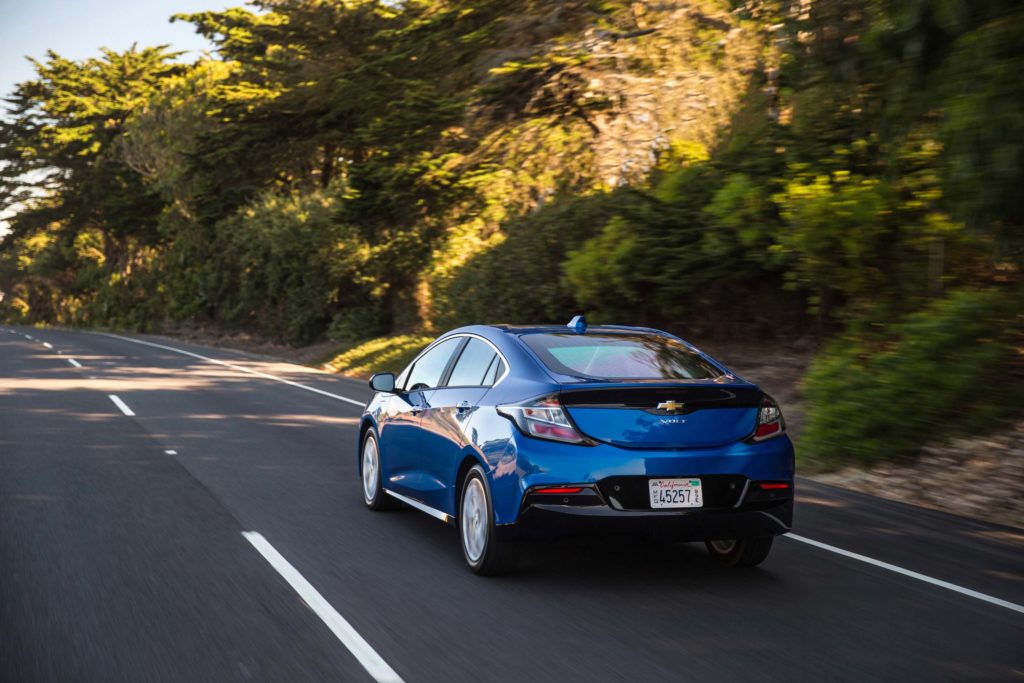Read The Full Article On: Greenbiz
While many around the world, ordered indoors amidst the COVID-19 pandemic, are coming up with innovative ways to plant small victory gardens in, around and on top of their homes, plenty of change is afoot in big ag — much of it driven by new technologies.
A recent IDTechEx webcast, “Electric Vehicles and Robotics in Agriculture: $50 Billion Market Soon,” provided a brief overview of a 215-page report, “Electric Vehicles and Robotics in Agriculture 2020-2030,” that the research firm published in February. According to IDTEchEx Chairman Peter Harrop, agriculture’s forthcoming shift to both electrification and robotics is a result of three overarching trends: looming labor shortages; the need for precision farming; and advancements in automation.
First, Harrop talked about how labor shortages in places such as the United Kingdom and Japan will require robots to be used to keep up with production demands. “The United Kingdom is seriously moving into more labor shortages and more pressure for automation because of leaving the European Union,” he said. “[That makes] it much easier for high-skilled people to move to Britain and almost impossible for low-skilled people to move to Britain.”
Harrop compared that to what’s going on in Japan, where the average age of a farmer is about 70 years old. Young people’s “refusal” to live and farm in rural communities is a “serious problem,” Harrop said, but it’s not unique to Japan. Across the world, farmers are aging. Rather than following in their footsteps to the fields, younger generations are instead choosing to flock to cities.Giants of the agricultural [industry], such as John Deere, are saying that electric power gives far better controllability and opportunities for automation and precision seeding and other things like that.
To help address the void being created by demographic trends, Harrop highlighted a number of enabling technologies that will help the agriculture industry continue to feed a growing world population, despite a lack of willing or available human workers. Those technology advancements pertain to powertrains, vectored traction, battery systems, supercapacitors, power electronics, solar body work and transportable zero-emission microgrids.
However, one technology looms above the rest: electrification.
“Giants of the agricultural [industry], such as John Deere, are saying that electric power gives far better controllability and opportunities for automation and precision seeding and other things like that,” Harrop said. “[Those technologies are] not going to be possible without the precision of electric vehicles.”
Whereas the IDTechEx report includes and analyzes dozens of cutting-edge technologies, prototypes and farm vehicles, Harrop touched on these companies during the webcast:
Small Robot Company: The England-based technology company is developing three farmbots — Tom, Dick and Harry — that autonomously will plant, feed and weed arable crops. More so, they’ll be controlled and directed by Wilma, the artificial intelligent (AI) “brain” behind the operation that’s capable of recording exact locations of each plant.
Kubota: The Japanese company unveiled its so-called “dream tractor” in January. Although it isn’t for sale yet, the fully autonomous X Tractor prototype has four tread-covered wheels individually equipped with in-wheel motors, giving the tractor both an acute turning radius and the ability to travel over various terrains, including rice paddies.
eWind: Based in Oregon, eWind has developed an airborne wind energy system (AWES) called Tethered Energy Device (TED). According to the company, TED will produce enough energy to power an entire farming operation (or roughly five American homes) on a device small enough to fit in the back of a pickup truck. The technology is still in the testing stages; however, Harrop said that it’s “a company that’s specializing in the needs of farmers.”
(Image: Kubota’s “dream tractor” prototype)
Harrop says that smaller electric farm vehicles, including pure electric and plug-in hybrid options, will enter mainstream markets before larger vehicles, because smaller pieces of equipment can more easily achieve parity with existing diesel options.
In places such as California that have stricter limitations on diesel emissions, however, electric farm vehicles might replace diesel-burning equipment regardless of price points in order to stay compliant with local environmental and health regulations.
Whereas many enabling technologies and agtech vehicles that Harrop covered in his webcast will be put into practice within the next decade, he stressed that the industry’s all-electric, fully automated robotic future remains decades away. Although he said that agtech’s leap to automation will be easier than the commercial car industry’s leap to automation, for example, he said it will still be “very expensive.”
“But later,” he continued, “it’s going to come down in price. It really is not going to be widely possible to do full automation, full robotics, until about 2030.”

